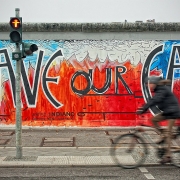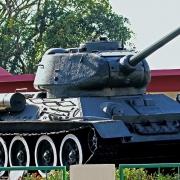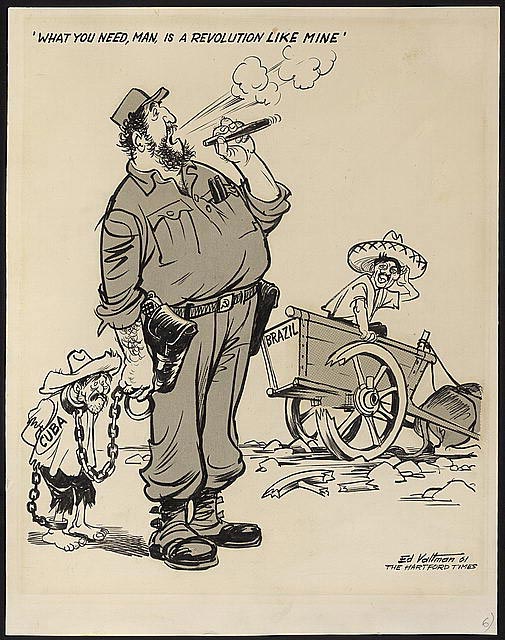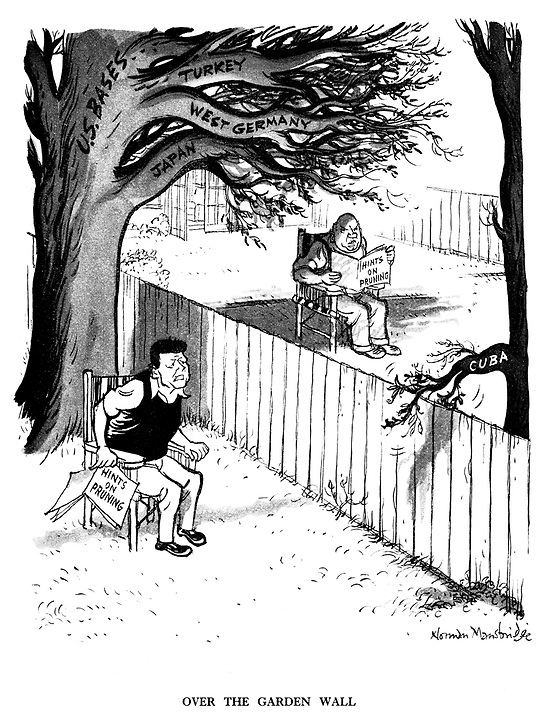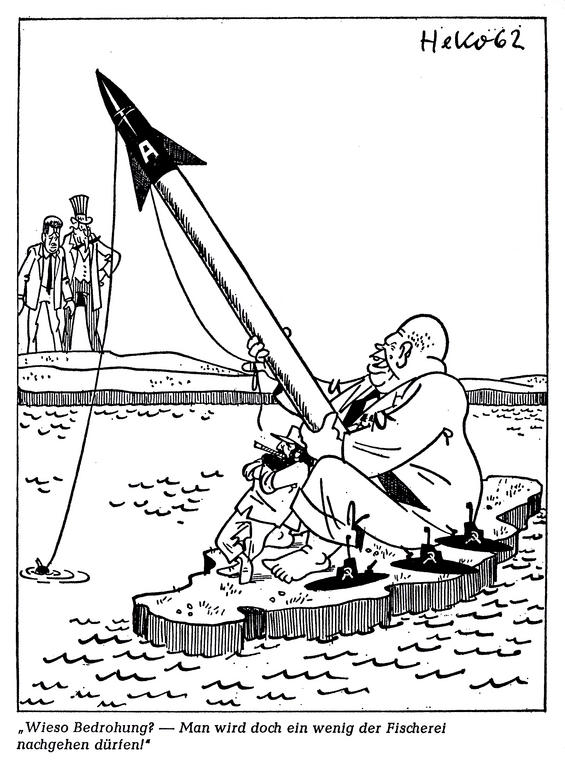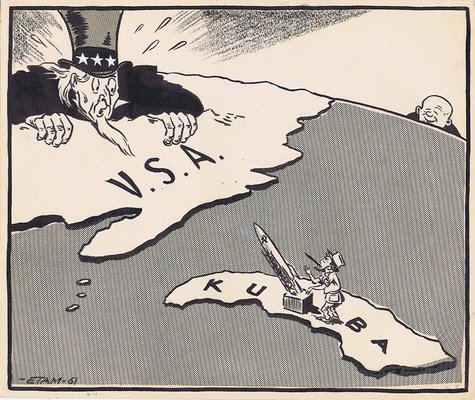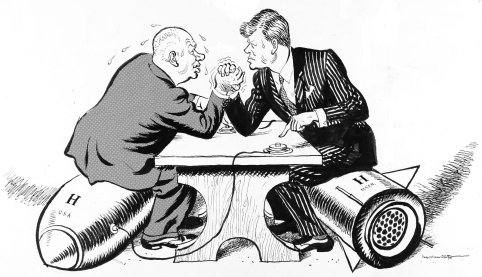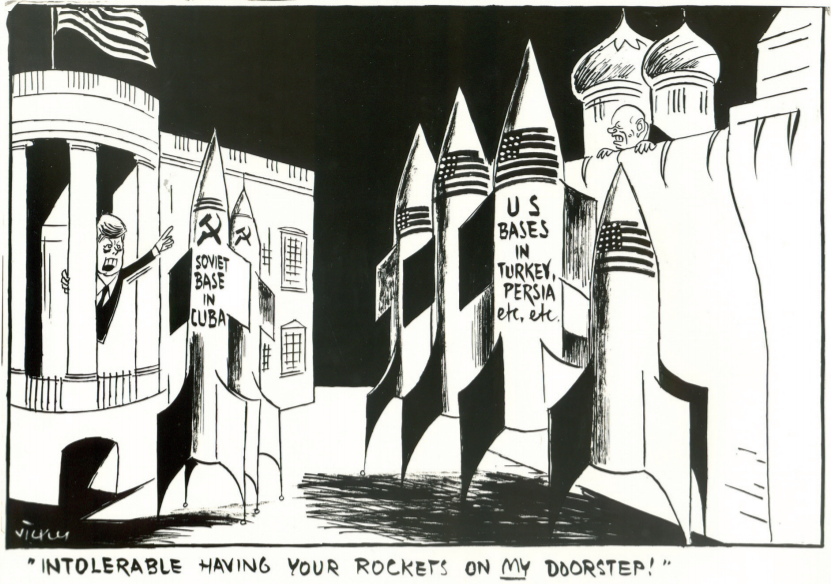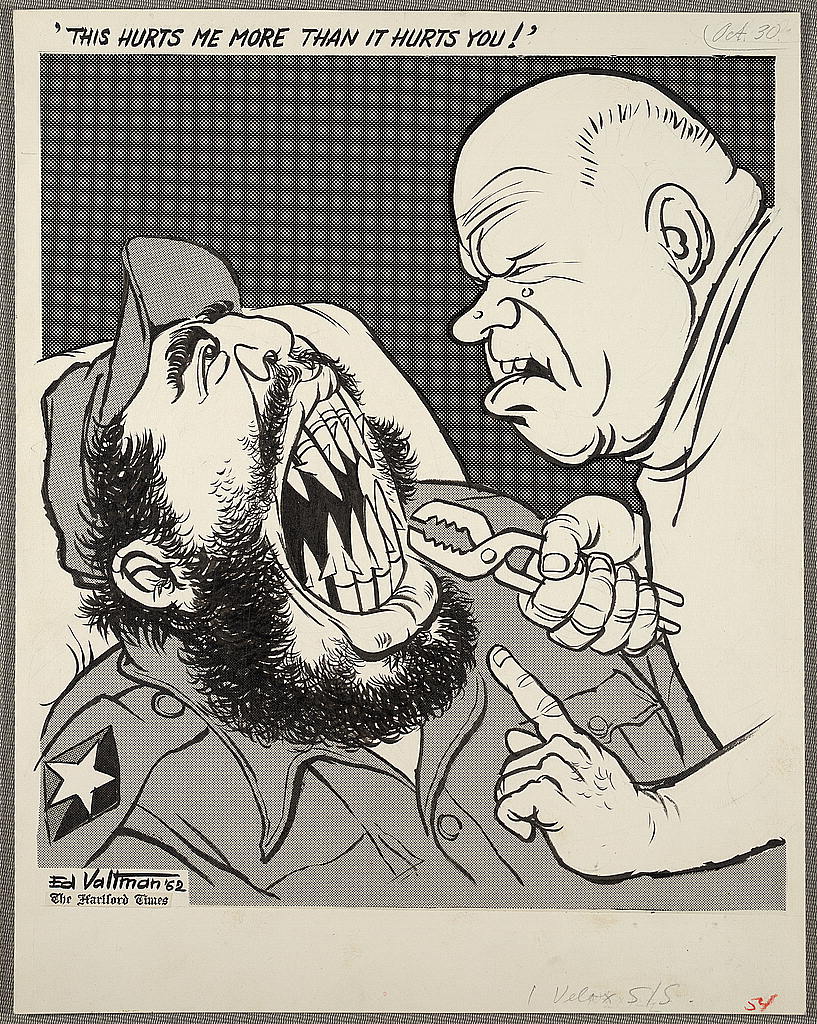End of Cold War – Cartoon Analysis
In this article, we will be looking at a series of political cartoons to comprehend the interpretations of how the Cold War ended. Be familiar with the contrasting contextual interpretations shaped by the political leaders as well as the newspaper publications. By doing so, you can then better answer the source based case study questions featured in your GCE A Level History examination papers. We will be examining the third part: The End of Bipolarity
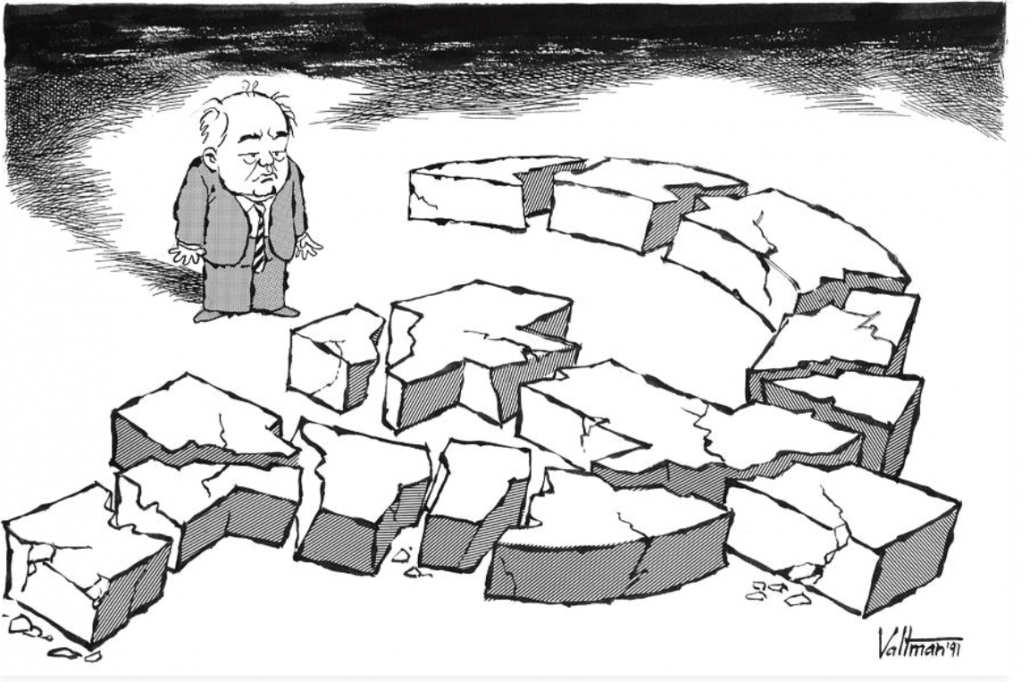
The cartoon depicts a helpless Soviet leader Gorbachev observing the fragmented symbol of the nation (‘hammer and sickle’). Contextually, Gorbachev was facing a challenging situation by 1991, as the Soviet economy was on the decline, Soviet republics broke away from USSR and the August Coup was launched against him.

The cartoon illustrates the three notable figures in the Communist world (Karl Marx, Stalin and Lenin) observing Gorbachev leading the funeral procession that represented the ‘demise of communism’. Contextually, Gorbachev improved relations with USA, as seen by INF Treaty and withdrawal of Soviet troops from Afghanistan.
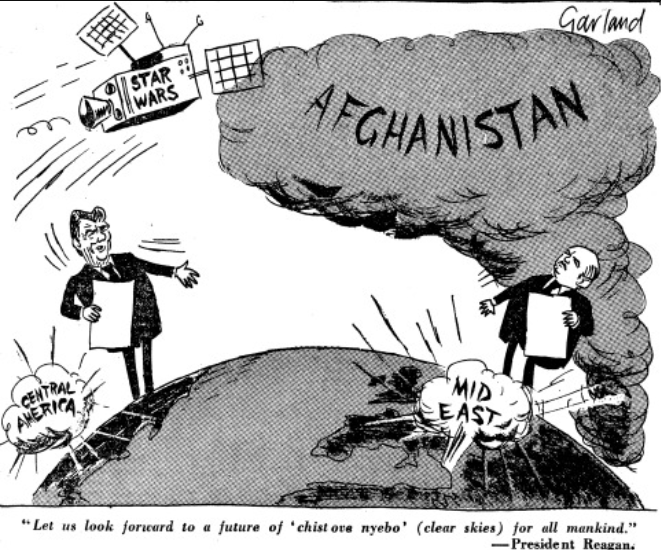
The cartoon depicts the two leaders, Reagan and Gorbachev, with outstretched hands, expressing their mutual desires to improve bilateral relations in the 1980s.
The caption reads ‘clear skies for all mankind‘, which is ironic as the world was illustrated as being in peril, such as Reagan’s SDI, covert operations in South America (El Salvador, Guatemala and Nicaragua). Likewise, the Soviet occupation in Afghanistan.
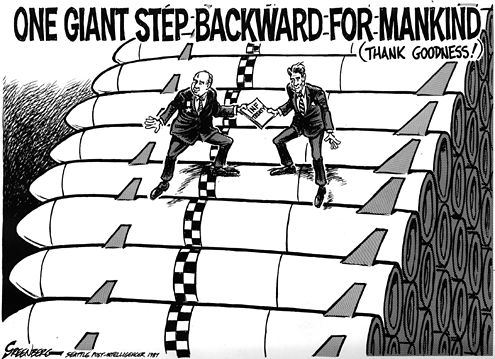
The cartoon depicts a series of meetings from 1985 to 1988 that focused on arms control agreements signed between Reagan and Gorbachev, especially the INF Treaty of 1987. The caption reflects the cartoonist’s expression of relief that the world averted a nuclear confrontation as the two leaders backed down from the ‘large missile steps’
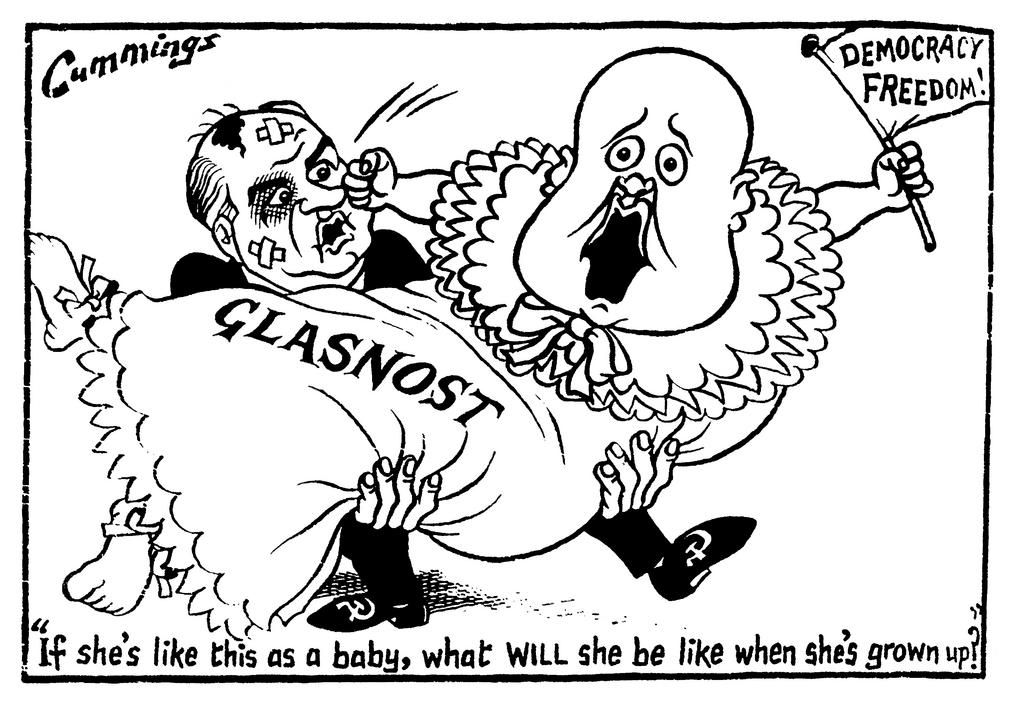
The cartoon illustrates the helplessness of Soviet leader Gorbachev in ensuring that his glasnost (openness) reforms would be carried out effectively.

The cartoon depicts the ‘powerlessness of USSR’ in which the Soviet republics (represented by the individuals holding flags) were moving away from the bear (USSR). It illustrates the inevitability of the political collapse, as seen by the 1989 Revolutions in Eastern Europe.
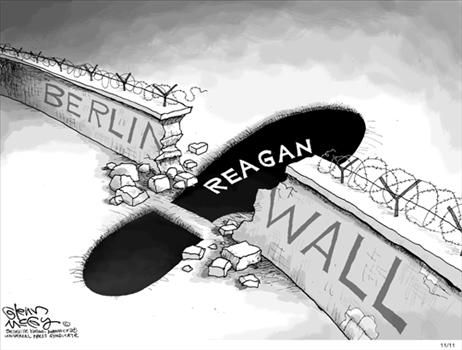
The cartoon was published to commemorate the 20th anniversary of the fall of the Berlin Wall. It illustrates Reagan’s ‘footprint’ making a mark in causing the end of the Cold War.
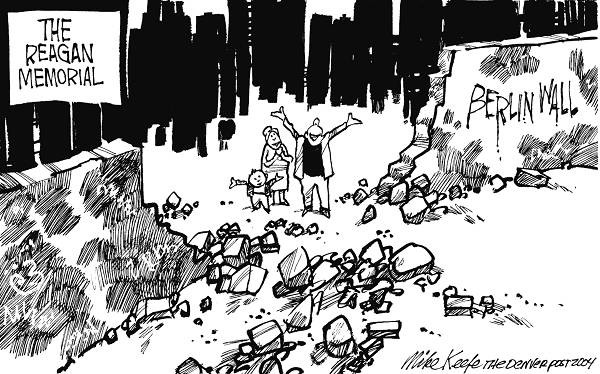
The cartoon illustrates the commemoration of former US President Ronald Reagan’s efforts in ending the Cold War, as portrayed by the collapse of the Berlin Wall that marked the physical division of Europe. Contextually, this cartoon was published one day after Reagan’s passing.
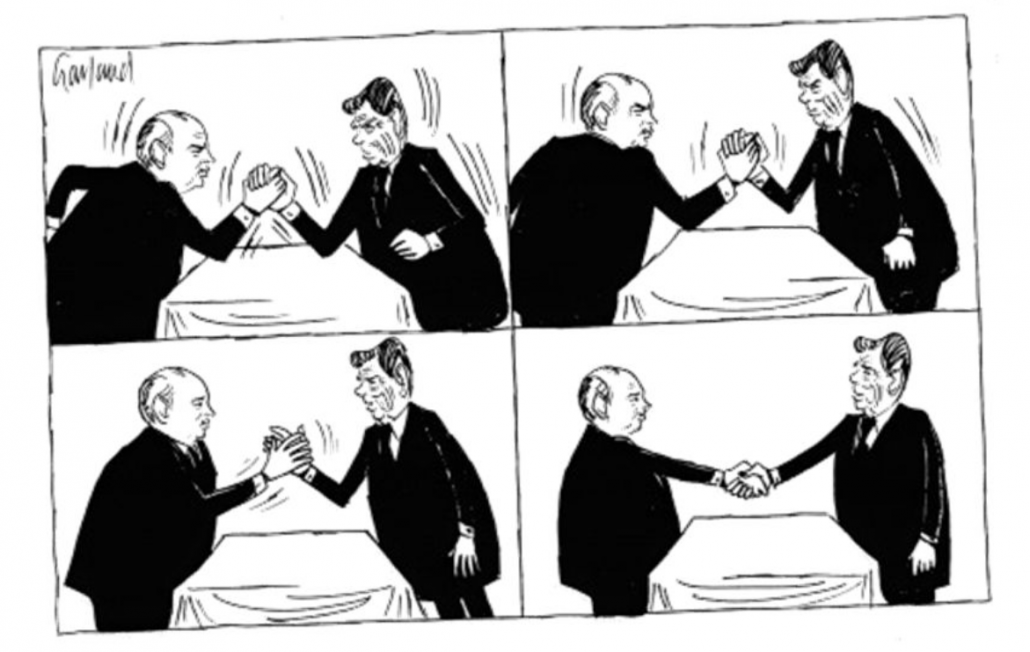
The cartoon reflects the awkward handshake between Gorbachev and Reagan in a four-panel comic, which eventually concludes with a firm version. Contextually, it depicts the breakthrough in the arms control agreement signed during the Washington Summit on 8 Dec.
How do I use these sources to ace the Source Based Case Study questions?
Make sure that you have browsed through the above cartoons to understand the interpretations. Then, try to relate them to the context of examination questions. For example, ‘How far do you agree that the two leaders of USA and USSR were responsible for the end of the Cold War?’
If you are keen to improve your thinking and writing skills, you can consider joining our JC History Tuition.
The H2 and H1 History Tuition feature online discussion and writing practices to enhance your knowledge application skills. Get useful study notes and clarify your doubts on the subject with the tutor. You can also follow our Telegram Channel to get useful updates.
We have other JC tuition classes, such as JC Math Tuition and JC Chemistry Tuition. For Secondary Tuition, we provide Secondary English Tuition, Secondary Math tuition, Secondary Chemistry Tuition, Social Studies Tuition, Geography, History Tuition and Secondary Economics Tuition. For Primary Tuition, we have Primary English, Math and Science Tuition. Call 9658 5789 to find out more.

